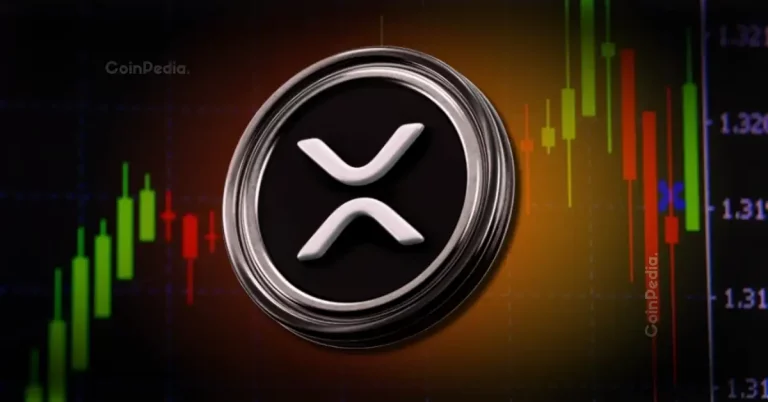The world of cryptocurrency is evolving rapidly, and blockchain native protocols are at the forefront of transforming the role of crypto treasuries. These treasuries, once regarded as passive reserves, are now being reimagined as strategic tools to fuel token demand and drive ecosystem growth. Let’s explore the latest developments from innovators like Chainlink, Cardano, and World Liberty Financial (WLFI) and dissect what these strategies mean for the future of decentralized finance.
Chainlink’s Innovative Onchain Reserve
On August 7, the Chainlink network made headlines by launching its own onchain reserve, aimed at accumulating its native token, LINK. This reserve collects funds from both onchain service fees and offchain enterprise revenues, creating a direct link between business activity and token demand. According to onchain data, the reserve currently holds over 109,661 LINK, valued at approximately $2.6 million.
Chainlink’s approach centers on its Payment Abstraction system, which converts client payments—whether in stablecoins, gas tokens, or fiat—into LINK before depositing them into the reserve. Notably, no withdrawals are planned for several years, signaling a long-term investment in the ecosystem. This shift highlights how crypto treasuries can evolve from just storing value to actively driving token growth.
Cardano’s Vision for Treasury Reallocation
In a June livestream, Cardano’s founder, Charles Hoskinson, proposed a bold strategy to reallocate 5-10% of their $1.2 billion ADA treasury into Bitcoin and stablecoins. The aim is to generate yield that can be reinvested in ADA buybacks, creating a perpetual demand loop. Hoskinson estimates that reallocating $100 million could lead to annual buybacks worth $5 million-$10 million, boosting the long-term value of ADA.
However, this strategy contrasts with Chainlink’s approach, as it involves selling some of its existing assets. While this may create short-term sell pressure, the move could potentially offer significant long-term benefits if executed effectively.
WLFI’s Immediate Treasury Launch
World Liberty Financial (WLFI) takes a different approach by launching its $1.5 billion crypto treasury at full scale. Backed by the Trump family, the initiative relies on a Nasdaq-listed vehicle to raise and manage funds. Half of the funds will be converted into WLFI tokens, while the remaining $750 million will be held in cash to grow the corporate reserve, offering an unconventional but impactful way to build a blockchain-native treasury at scale.
The Bigger Picture: Are Crypto Treasuries the Future?
The strategies employed by Chainlink, Cardano, and WLFI highlight the evolving role of treasuries in the crypto ecosystem. By actively driving token demand rather than simply holding assets, these approaches could pave the way for a more dynamic and sustainable crypto market. While it’s too early to measure the long-term impact on token values, these initiatives mark a significant step toward improving investor confidence and ecosystem resilience.
Recommended Product: Ledger Nano X for Securing Your Crypto Assets
If you’re diving into the world of cryptocurrency, securing your assets is paramount. The Ledger Nano X hardware wallet provides state-of-the-art security for your digital assets, including tokens like LINK and ADA. With Bluetooth compatibility and robust encryption, it’s designed for safe storage and easy access to your crypto.
The innovation in crypto treasuries reflects a broader trend toward sustainability and utility in blockchain projects. Whether you’re an investor or simply exploring this transformative space, staying informed and securing your investments are essential steps for success.



